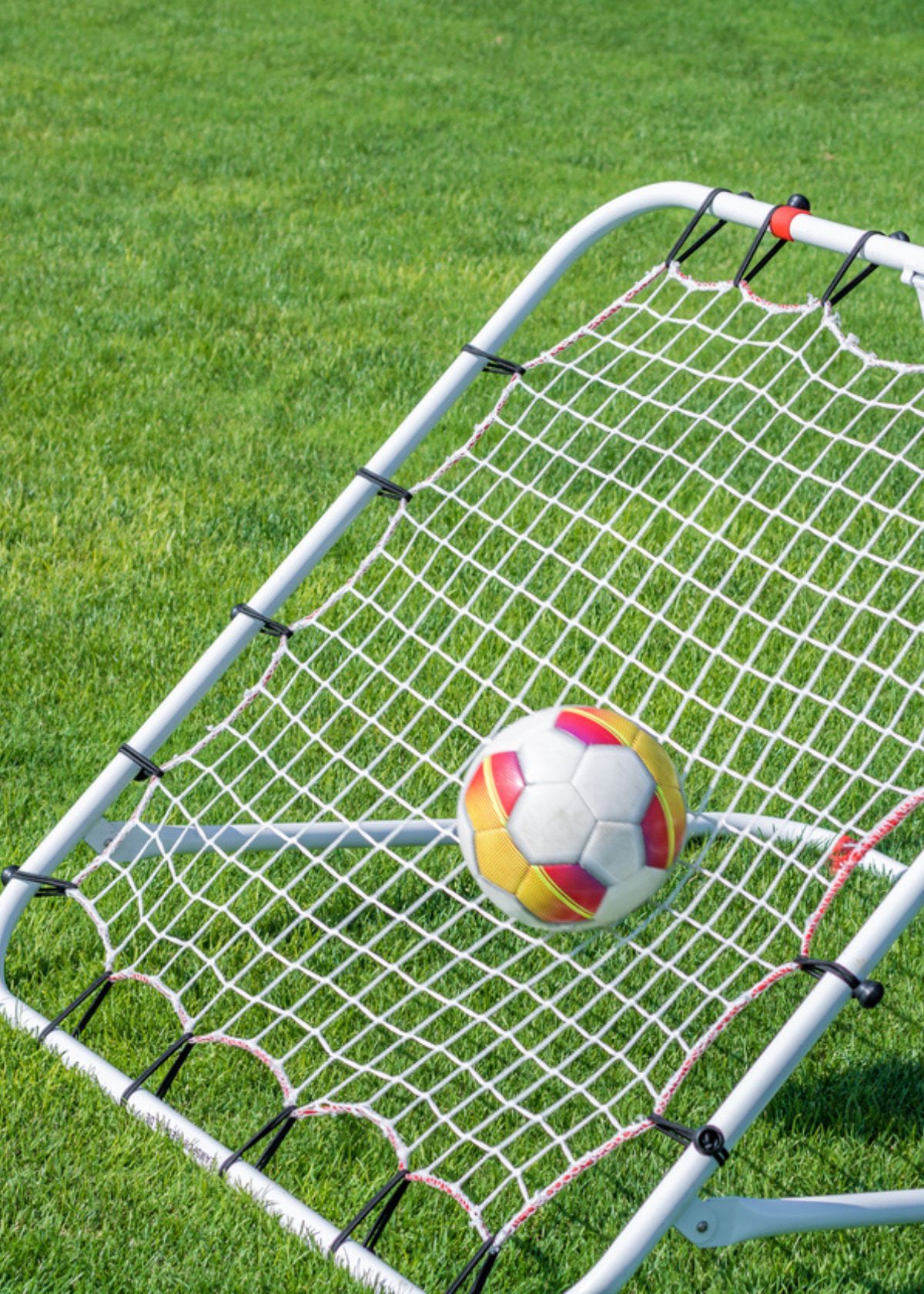If you're new to soccer, you might have heard the term "cap" and wondered what it means. Simply put, a cap is an honor bestowed on soccer players when they play for their national team in an official game, marking their debut.
But there's more to this term than just that. In this article, we will take a deeper look into the history of caps, their significance, who holds the record for the most caps, and much more. So let's lace up your cleats and get started!
What does the first cap mean in soccer?
The first cap refers to a player's first appearance for their national team. It's a significant moment in a player's career, marking their initiation into the team and an opportunity to represent their country on the world stage.
It's something to be celebrated and remembered throughout their career, and the player will always cherish their first cap.
Why is it called a cap?
The term "cap" originated from the way players used to be recognized for playing for their country.
In the early days, players were given a cap with their national emblem on it to wear during the game. This tradition has since been discontinued, but the term "cap" stuck, and it's still used to this day.
The history of soccer caps and their significance
Caps have been around for over a century and were first given out in the late 1800s when the national team concept was introduced. The term "cap" originated in cricket, where players were given a cap to signify their selection to the national team.
Over time, this term was adopted by soccer, and it's been used since the late 19th century. The practice was initially informal and varied from country to country, but it eventually became a recognized tradition worldwide.
Today, caps are a cherished symbol of a player's dedication, skill, and hard work, and it's considered a tremendous honor to earn one.
Caps have a long history in soccer, and they're a significant achievement for players. Only a few players get to wear the national team shirt, and earning a cap is a sign of one's dedication to the sport and their country.
The number of caps a player earns is also an indication of their longevity and success in the game.
How does a soccer player earn a cap?
To earn a cap, a player must represent their country in an official game recognized by FIFA. This could be a competitive game, such as a World Cup match, a continental championship, or a friendly match. Once a player has made their debut for their national team, they will receive their first cap.
What types of games count as a cap?
Only official games recognized by FIFA count as caps. This includes competitive games such as World Cup qualifiers, regional championships, and friendlies. Exhibition games or matches against club teams don't count as caps.
Who has the most caps in men's soccer?
The record for most men's caps is held by legendary Cristiano Ronaldo from Portugal, who so far (2023) has played 199 matches for his country. Second on the list is currently Bader Al-Mutawa from Kuwait, who has earned 196 caps. Currently third on the list is Soh Chin Ann from Malaysia, who has 195 caps.
Which female soccer player has the most caps?
The record for most caps in women's soccer is held by Kristine Lilly from the United States, who played 354 matches for her country between 1987 and 2010.
Other notable players on the list include Christine Sinclair from Canada, who has 323 caps, and Carli Lloyd from the United States, who has 316 caps.
Other notable cap records and milestones
Apart from the most caps holder, there are other records and milestones surrounding caps. For example, goalkeeper Essam El-Hadary from Egypt became the oldest player to earn a cap at the age of 45 years and 161 days on June 25th, 2018.
Cobi Jones from the United States holds the record for the most consecutive caps with 164, while Marta Vieira da Silva from Brazil holds the record for most goals scored by a female player with 109 goals. Cristiano Ronaldo holds the record for most goals scored by a male player with 122 goals.
Do substitute soccer players earn a cap in the game?
Yes, substitute players who come on during the game will still earn a cap, even if they only play a few minutes. This is because they're officially representing their country, even if it's for a short period.
The role of caps in recognizing player accomplishments
Caps play an essential role in recognizing player accomplishments, and they're often used to celebrate significant milestones such as 50, 100, or 200 caps.
Players who reach these milestones are often presented with a special commemorative cap or medal to mark the occasion, a testament to their skills, dedication, and commitment to their national team.
Caps also help keep track of a player's progress and success in the game, making it an essential record-keeping tool for soccer.
Conclusion:
The importance of caps in soccer cannot be overstated. It's earned by representing your country in an official international match, with each cap indicating another time you've done so.
They're a symbol of pride and dedication for both players and their countries, commemorating significant moments in a player's career.
Whether it's their national team debut or a significant milestone, caps are a cherished tradition that unites players and fans alike. The more caps a player earns, the higher their status and prestige. It's a way to recognize player accomplishments and is an integral part of the sport.
So the next time you hear the term "cap" in soccer, you'll know exactly what it means and why it's such a significant moment for any soccer player.
Discover the finest soccer equipment with ease! Our top picks have already been researched for you.
Explore more soccer and sports & fitness articles on our blog!



















